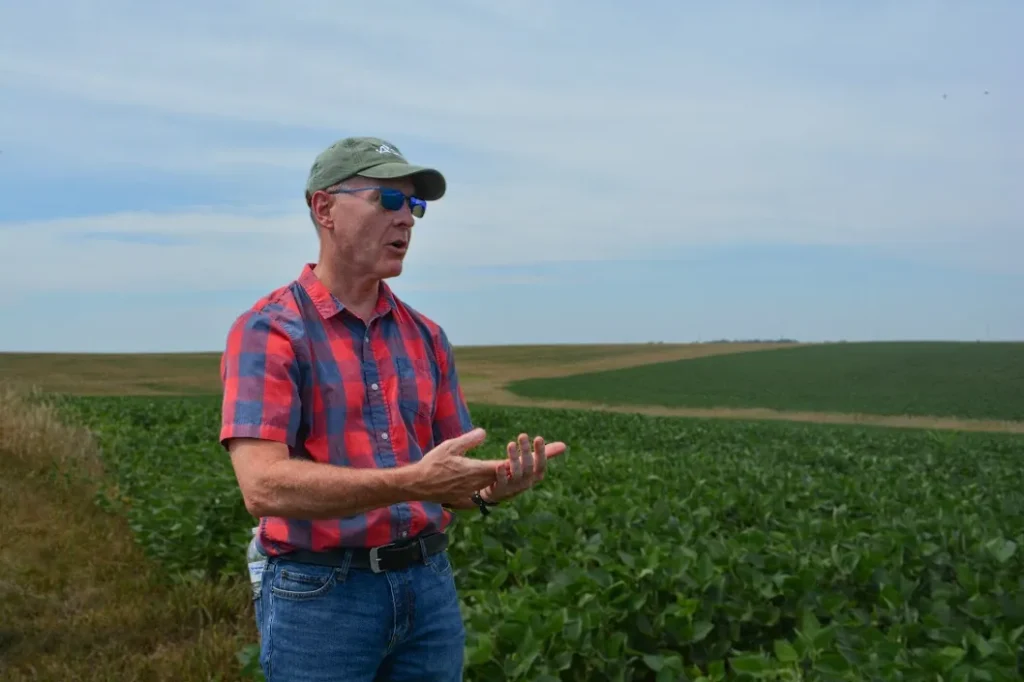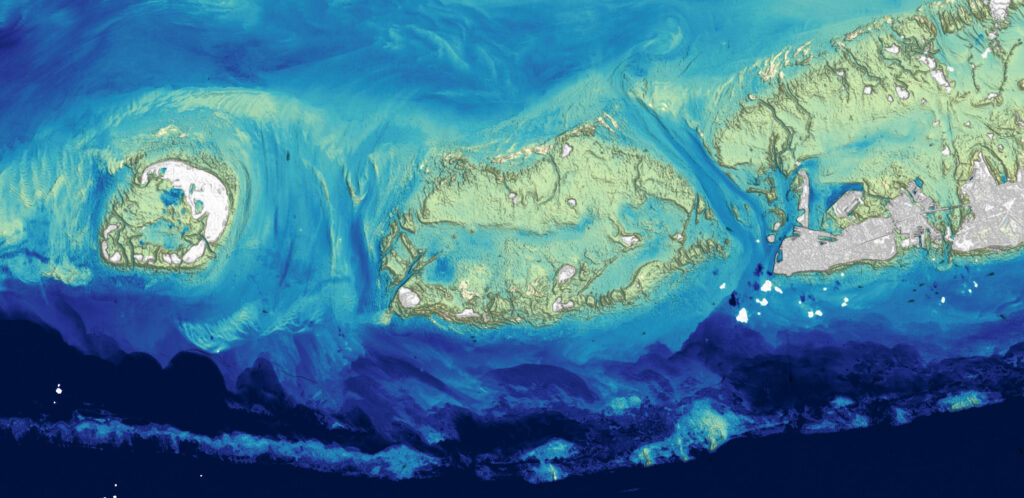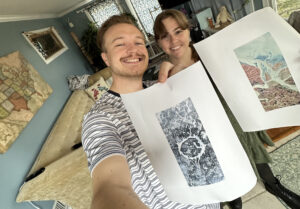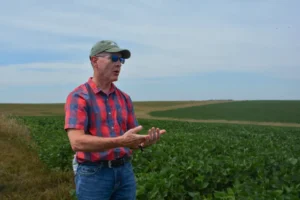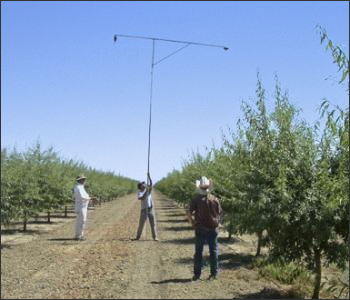
Determining growth stage, size, and water needs are especially important for horticultural crops because most crops are grown in limited water environments and require irrigation. The measurement of “canopy light interception” is a primary means of determining water and irrigation needs. Fractional canopy cover (CC) is a relatively easily measured property that is a good indicator of light interception. Canopy cover, the percent of the soil surface covered by plant foliage, is an important indicator of stage of growth and crop water use in horticultural crops. Methods of using remote sensors to determine canopy cover in major crops have been studied for years, but the studies have not included most horticultural crops.
Thomas J. Trout, Research Leader at the U.S. Department of Agriculture’s Agricultural Research Service, along with colleagues from the NASA Earth Science Division, recently published a study that addresses the relationship of remotely sensed normalized difference vegetation index (NDVI) relative to canopy cover of several major horticultural crops in commercial fields.
The research team measured canopy cover of 11 different annual and perennial horticultural crops in various growth stages on 30 fields in California’s San Joaquin Valley with a handheld multispectral digital camera. Canopy cover was compared with NDVI values calculated from Landsat 5 satellite imagery. According to Trout, “The NDVI was highly correlated and linearly related with measured CC across the wide range of crops, canopy structures, and growth stages, and predicted CC with mean absolute error of 0.047 up to effective full cover. These results indicate that remotely sensed NDVI may be an efficient way to monitor growth stage, and potentially irrigation water demand, of horticultural crops.”
The research indicates that NDVI can potentially provide field-specific and regional estimates of CC for horticultural crops with minimal requirement for supporting information. This new information may also be useful to improve estimates of crop growth stage and water use.
Reference:
Trout, T.J, L. Johnson, J. Gartung (2008). Remote Sensing of Canopy Cover in Horticultural Crops. HortSciencevol. 43, pp. 286–583.
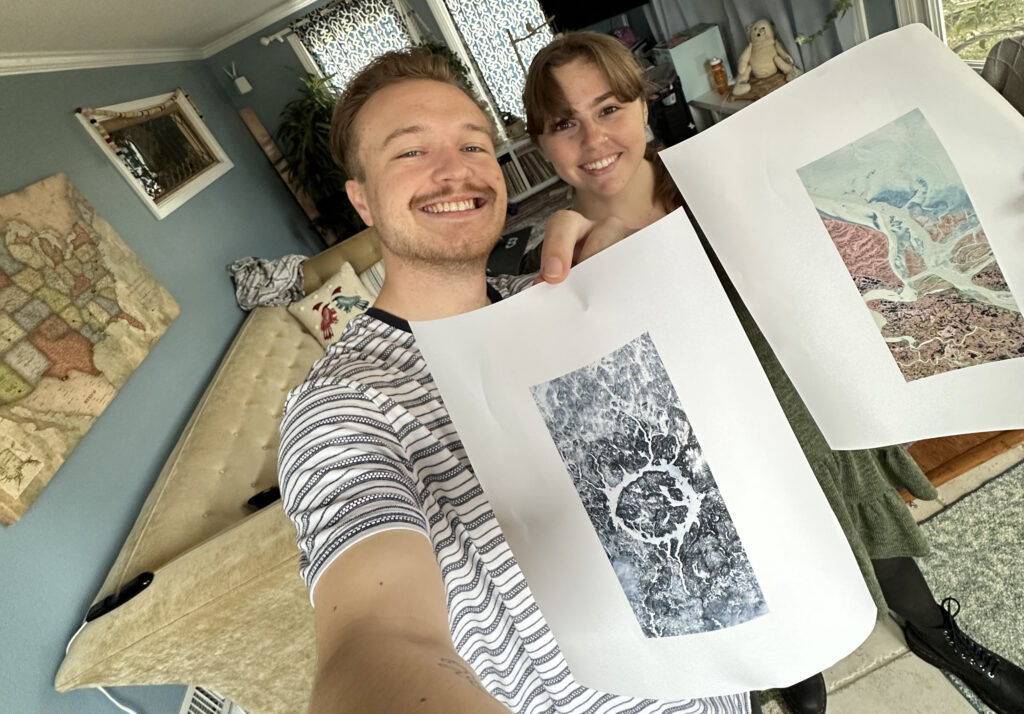
Finding Your Name in Landsat
More than 715,000 visitors have transcribed their names and messages into Landsat letters using the “Your Name in Landsat” tool since it was unveiled in August as part of Camp Landsat 2024.

